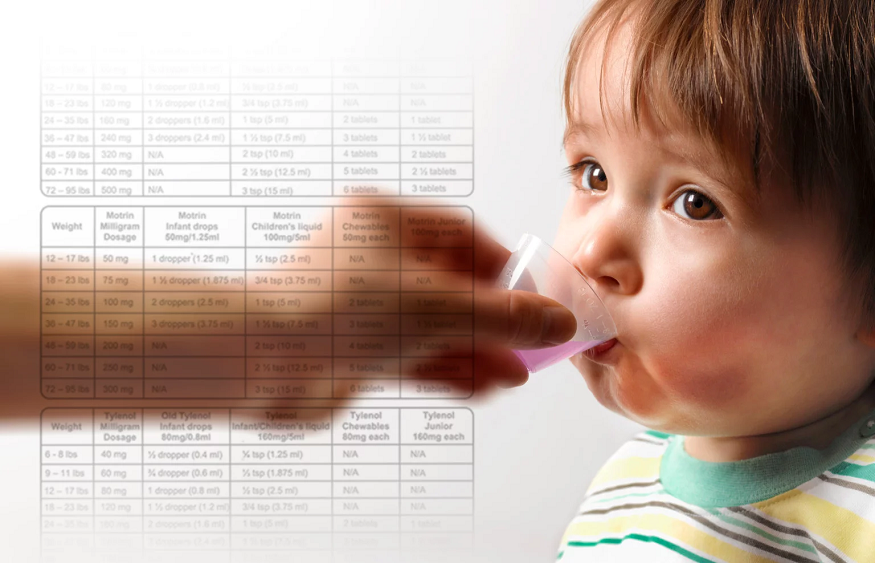As parents, we often encounter situations where our children experience allergies, insect bites, or other allergic reactions. In such cases, Benadryl (the brand name for diphenhydramine) is a commonly used over-the-counter medication that can provide relief. To help parents make informed decisions, this article provides a comprehensive guide on Benadryl dosing for kids, including proper dosages based on age and weight.
Here you go for the complete Benadryl Dosing Chart
Understanding Benadryl:
Benadryl is an antihistamine that can alleviate symptoms like itching, sneezing, runny nose, and hives caused by allergies and allergic reactions. It can be used in both liquid and pill forms, making it accessible for children of various ages. However, it is essential to use it responsibly and follow dosage guidelines to ensure your child’s safety.
Dosage Guidelines by Age
- Infants (under 2 years old):
- Benadryl is not recommended for children under 2 years old without a doctor’s guidance.
- Always consult a pediatrician before administering any medication to infants.
- Children 2 to 5 years old:
- Dosage: 1.25 to 5 milligrams (mg) every 4 to 6 hours.
- Use the appropriate Benadryl children’s formulation (liquid or chewable tablets) for accurate dosing.
- Children 6 to 12 years old:
- Dosage: 12.5 to 25 mg every 4 to 6 hours as needed.
Dosage by Weight
- Weight-based dosing:
- In some cases, healthcare providers recommend dosing Benadryl based on a child’s weight rather than age.
- Typically, the recommended dosage is 1 to 2 mg per kilogram (kg) of body weight.
- Example:
- A child weighing 15 kg would typically receive a dose of 15 to 30 mg of Benadryl.
- Always consult your pediatrician for specific dosing instructions based on your child’s weight.
Safety Precautions
- Consult a healthcare professional:
- Before giving your child any medication, including Benadryl, consult with a pediatrician or healthcare provider.
- They can provide personalized recommendations based on your child’s health and specific condition.
- Read the label:
- Carefully read the dosage instructions on the Benadryl product label.
- Be sure to use the appropriate formulation (children’s liquid, chewable tablets, or regular tablets) as directed.
- Avoid overdose:
- Never exceed the recommended dosage for your child’s age and weight.
- Overdosing on Benadryl can lead to adverse effects, including drowsiness, agitation, and even severe reactions.
Conclusion
Benadryl can be a helpful tool in managing allergic reactions and providing relief to children. However, proper dosing is essential to ensure its safe and effective use. Always consult with a healthcare professional for guidance on the correct Benadryl dosage for your child, and be sure to follow the instructions on the product label carefully. By doing so, you can help your child find relief from allergies while prioritizing their health and safety.

